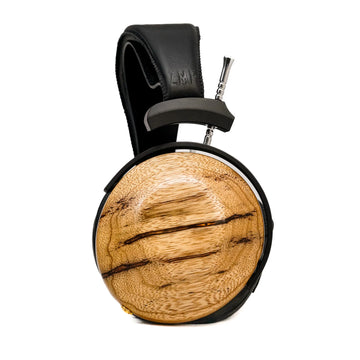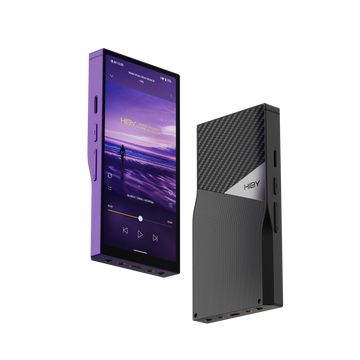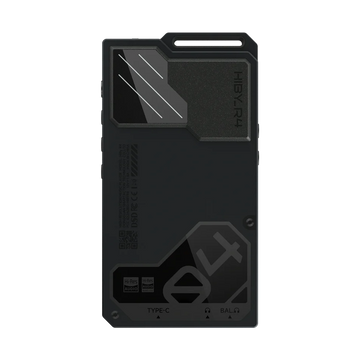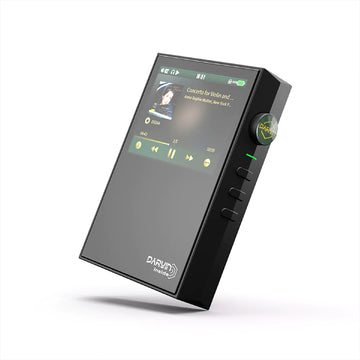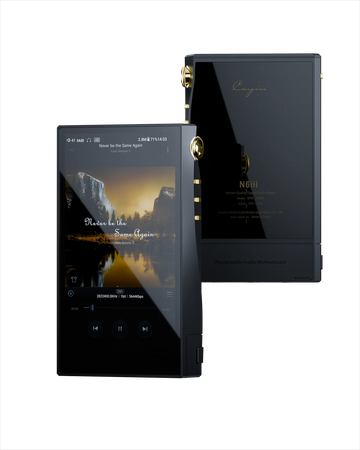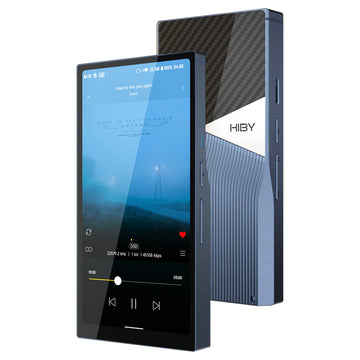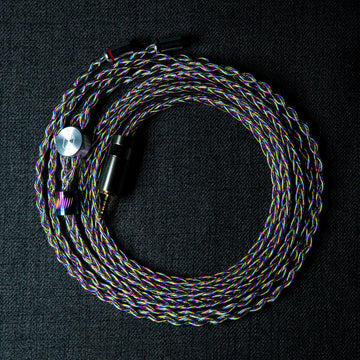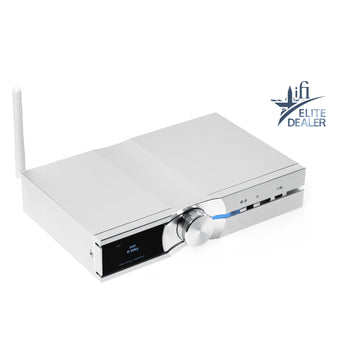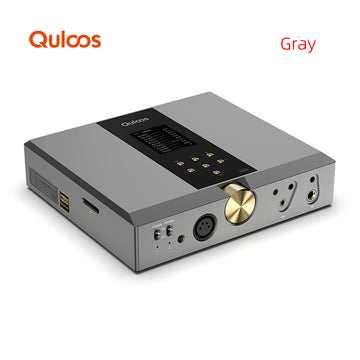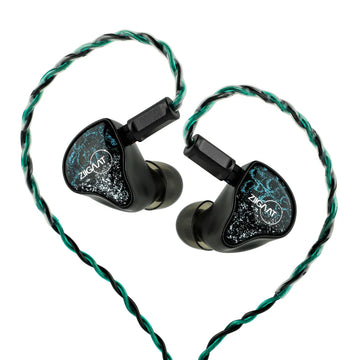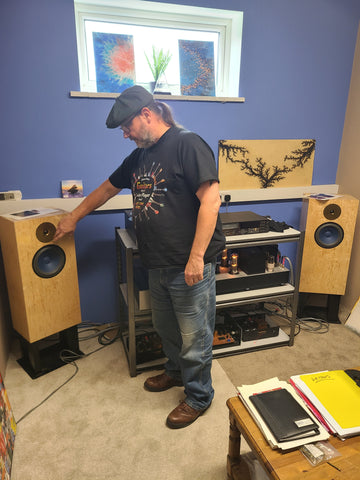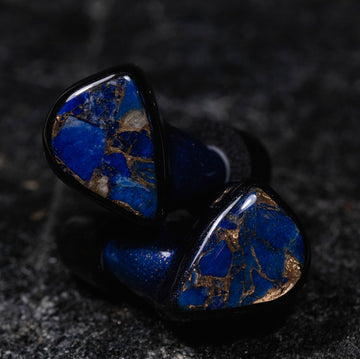FiR Audio are celebrating their 5-year anniversary. The adventurous brothers behind this venture wanted to celebrate in style by releasing Radon6, a limited edition Frontier Series iem.
For those of you who don’t know the Frontier Series, the line-up was released late 2020 and consisted of three models: NE4, KR5 and XE6. All three models have the “Kinetic Bass” technology, which is FiR’s take on bone conduction.
The new Radon6 (RN6 going forward) comes to shake things up. It adds a new flavor (and colour!) to the Frontier line-up. While all three previous Frontier models come in a shiny metallic shell, RN6 goes for a satin black aluminum body. A distinctive colorway announcing that RN6 isn’t afraid of being different.
And it is.
Over the past couple of weeks, I have heard all kinds of speculation about this iem’s driver count and configuration. People who tried a camouflaged sample thought it was an upgraded KR5. People with inside information said it was a retuned XE6. Both claims have some merit, but neither tells the whole story.
To my ears, RN6 sound has elements from M5, KR5 and XE6. But the signature is distinctive and different from anything FiR have made to date.
It does indeed have the same driver configuration as XE6. But there is a big caveat: the bass driver has been retuned and the kinetic bass vent is smaller. This might seem like a small tweak, but it makes a big difference.
Perhaps it’s time to look at the graph:

On paper, the main difference between RN6 and XE6 is mid bass. The new model has gone for a leaner profile there. Looking at the graph, you would think that you could EQ RN6 to match XE6 and vice versa. And you would be very wrong.
Bass is where RN6 brings something new to the Frontier line-up. RN6 bass is clearly more sub-bass focused than its siblings. There is still a very healthy amount of mid-bass but it is not as prominent as KR5 and XE6. Bass rumbles deep and has texture while keeping the distinctive Kinetic Bass tactile sensation. It also allows RN6 bass to be more versatile and step back a little when it needs to. Note that I said “a little”. RN6 bass is still “thick” and has all the impact. People who want a lean mid-bass profile won’t find happiness here. RN6 still has warmth, and that has benefits.
One of them is allowing the transition into mids to be smooth. There is no bloat but also no harshness or shout. The mids are fully fleshed. Vocals sound exquisite. Both male and female vocals are rich, textured and have the right positioning in the stage. Upper-mids are just right, not as recessed as KR5 and not as forward as the LimeEars Anima. It’s an enjoyable and accurate sweet spot. There is an “analog” quality to the sound, something many people crave.
Because of the reduction in mid-bass, RN6 treble is brought forward compared to XE6. Treble here seems to have more information while sounding natural and well extended. This is all perception of course. The drivers output the same information as XE6, but treble is given more space to shine. This again has significant consequences.
Imaging on the RN6 is excellent. The spatial accuracy and timing of the various sounds you hear is exquisite. This is a monitor that will let you pinpoint exactly where every micro detail is coming from. This is of course no surprise as XE6 already excelled at spatial positioning. RN6 does some of the same but takes the accuracy one step further. It shouldn’t be surprising given the slightly more “reference” nature of the tuning.
The way RN6 portrays stage is also quite unique in the Frontier line-up. It is as wide, tall and deep as anything you will hear but keeps natural proportions. Those of you who read my “Bass Cannon Showdown” know how much I love XE6 staging. It’s a spherical stage that creates a “holographic” experience, especially with the red module. RN6 presents things differently and is perhaps more true to the recording.
As a legitimate co-flagship from a now veteran company, RN6 will give you all the details you want to hear. The tuning focuses on clarity and accuracy while maintaining a fun element with the kinetic bass. Dynamics is where RN6 reminded me of the FiR M5, the sound has a nice edge and can bring the aggression when it needs to.
Going back to the bass, an important feature of the FiR iems is the ATOM technology. The modules act as a pressure relief system and also impact bass quantity. With RN6, I found myself enjoying the silver, black and red modules for different reasons. The silver module is fun and bassy with good staging and smooth treble. The black module reduces bass a touch, increases the stage size and allows treble to have a bit more energy. The red module reduces bass by another notch and opens up the stage even more. It also has the most treble energy and takes RN6 as close as it can get to a “reference with bass boost” sound signature. Black will probably be a sweet spot but the audience will decide that.
This might be a lot to digest, and there could be more to say, but we will wrap it up here. In conclusion, RN6 stays true to the FiR house sound but takes it in a new and exciting direction. It is an accomplished iem that rounds-up the Frontier line-up. Happy Birthday FiR Audio and kudos for making another excellent product.







